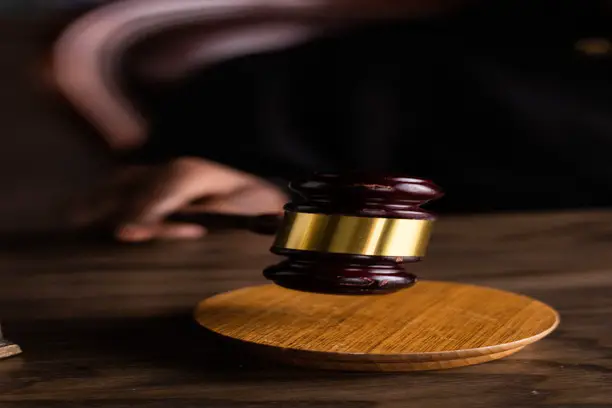


It used to be that fake goods in the United States began in well- known places like New York City’s Canal Street, or maybe other niches in a megacity near you. Back also, getting a Rolex vended out of someone’s jacket or a Chanel handbag from a road seller’s fleece hanger made it easy for buyers and law enforcement likewise to tell what’s fake. But moment’s fake- finding is much harder, and that’s largely because of the internet. With the obscurity given to online retailers bye-commerce platforms, there has been a harmonious affluence of artificial wares onto platforms like Amazon, Facebook, and other retailers that numerous consumers would find secure. Their selling of fake products has not only led to angry consumers who have spent hard- earned plutocrat on bad goods, but it has done serious fiscal damage to retailers, going $54.1 billion in lost profit and nearly 283,400 jobs in the retail sector, according to one study. There have indeed been some cases in which the problem has actually been dangerous. A 2019 disquisition by the Wall Street Journal set up that Amazon had thousands of fake particulars listed that were supposed unsafe or mislabeled by a third- party dealer. Another report cited problems in ornamental fakes, which frequently use dangerous, unsafe, and illegal chemicals or factors in their composites. With a fake request that’s ever- expanding, the question becomes what can be done? To date, not much.
Liability of e-commerce:
The first – and maybe most logical – study that comes to mind might be to ask why online retailers have not sniffed out counterfeiting. In large part, it’s because they do not have to. In the United States there are veritably limited laws in place that holed-commerce spots liable for filtering lawless products from their platforms, commodity that has been reaffirmed by several high- profile judicial opinions, including Tiffany’s. EBay, Coachvs. Gata, and others that fail to hold online platforms liable. The result is that e-commerce titans are largely tone- regulating when it comes to fake products, making it delicate to know directly how effective companies really are. For case, last time, Amazon touted itself when it said that it had blocked 10 billion fake rosters in the previous time, a stunning number, but one that can be questioned given the lack of nonsupervisory norms and the company’s history lobbying against third- party consumer protections.
How law enforcement and agencies are responding:
The government has taken notice of the rise in fake products entering theU.S. force chain, and agencies are wagering ongoing juggernauts aimed at cracking down on the goods ’ import, shipping, and distribution. One major action of note was the launch of Operation Stolen Promise by the Department of Homeland Security and Immigration and Customs Enforcement. Begun in the midst of the COVID- 19 epidemic when online retail soared, the agencies tried to stop the fake at the source, opening examinations, making apprehensions, shutting down websites, and seizing fraudulent products and the proceeds from them, totaling further than$ 57 million to date. Private companies like Amazon and others have also joined forces with the government to support their crackdown. Working with the National Intellectual Property Rights Coordination Center( IPR), a division of DHS, companies including Alibaba, eBay, and Amazon participated data to help target fraud. Independently, Walmart and Amazon shoot IPR lists of individualities who commit fraud on their platforms so the agency can enhance their targeting sweats.
What law givers are doing? :
Amid the escalating concerns surrounding counterfeit goods flooding the online marketplace, including the challenges faced by original businesses and the complexities of ingredients, the need for legal intervention has become paramount. Recognizing this urgency, Intellectual Property Lawyers in Pakistan have emphasized the significance of legislation to combat this issue. Congress has recently taken proactive steps by introducing two bills aimed at curbing the rampant proliferation of fake products. Despite garnering bipartisan and bicameral support, the trajectory of these bills toward passage remains uncertain.